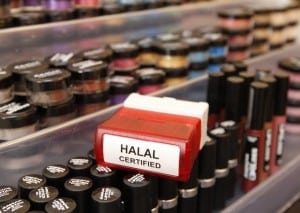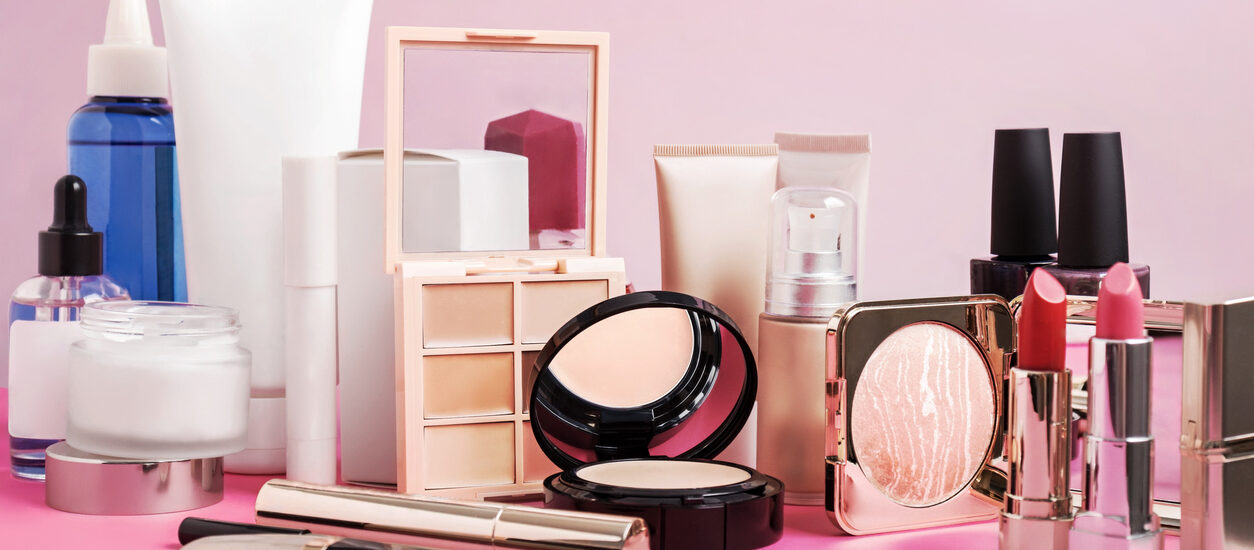 Increasing awareness among consumers about halal-certified products has boosted the demand for halal cosmetics, according to a new report, titled, “Halal Cosmetics Market: Asia Pacific Industry Analysis and Opportunity Assessment 2015 – 2020”, by Future Market Insights (FMI). FMI forecasts that the halal cosmetics market in Asia Pacific will witness a 9.9% compound annual growth rate (CAGR) during the forecast period 2015-2020.
Increasing awareness among consumers about halal-certified products has boosted the demand for halal cosmetics, according to a new report, titled, “Halal Cosmetics Market: Asia Pacific Industry Analysis and Opportunity Assessment 2015 – 2020”, by Future Market Insights (FMI). FMI forecasts that the halal cosmetics market in Asia Pacific will witness a 9.9% compound annual growth rate (CAGR) during the forecast period 2015-2020.
“As more consumers in Asia Pacific gain awareness about the ingredients used in conventional cosmetics and their transdermal nature, demand for halal cosmetic will increase. This will prompt manufacturers to diversify their product offerings and introduce halal-certified products in the market”, says FMI analyst P.S. Neha, who compiled the report.
Demand for Halal Colour Cosmetics is Robust in Asia Pacific
On the basis of product type, the Asia Pacific halal cosmetics market is segmented into skin care, colour cosmetics, hair care, and fragrances. Among these, the demand for colour cosmetics is robust. This segmented accounted for 37.4% share of the halal cosmetics market in 2014; FMI estimates that this segment will witness a 10.3% CAGR during the forecast period 2015-2020.
The colour cosmetics segment is further sub-segmented into lip care, eye care, nail care and face care. Among these sub-segments, lip- and face- care collectively accounted for over 65% of the market share in 2014. FMI estimates the lip care segment to amplify at a 10.5% CAGR through 2020 and reach a valuation of US$ 400.6 Mn.
FMI’s analysis on the Asia Pacific hair care market revealed that skin care was the second most lucrative segment after colour cosmetics. The segment accounted for over 30% share of the market in 2014; FMI estimates it to amplify at a 10% CAGR through 2020.
FMI forecasts that hair care and fragrances segment will amplify at a healthy CAGR through 2020. Although demand for halal fragrances is not as robust as other halal cosmetics, FMI estimates it to witness the highest CAGR through 2020.
Browse Full: “Halal Cosmetics Market: Asia Pacific Industry Analysis and Opportunity Assessment 2015 – 2020” Market Research Report at http://www.futuremarketinsights.com/reports/details/halal-cosmetics-market
Demand for raw materials that are permissible to use according to Islamic law is high in Asia Pacific. FMI’s research found that manufacturers relied heavily on plant derivatives for use in preparing halal cosmetics. Halal cosmetic companies need to comply with the regulations set up by respective governments in Asia Pacific to gain halal-certification.
Southeast Asia & South Asia Most Lucrative Markets for Halal Cosmetics
FMI’s analysis found that the Southeast Asia was the most lucrative market for halal cosmetics in Asia Pacific. It was valued at US$ 863.7 Mn in 2014 and FMI estimates it to amplify at a 10.2% CAGR and reach a valuation of US$ 1,535.3 Mn by 2020. On the other hand, the halal cosmetics market in South Asia was worth US$ 342.9 Mn in 2014. According to FMI’s analysis, the halal market will witness a CAGR of 9.9% through 2020 and reach a valuation of US$ 599.6 Mn by 2020.
East Asia and Oceania, other key regions in the Asia Pacific halal cosmetics market are anticipated to expand at a healthy single-digit CAGR through 2020.
Key players in the Asia Pacific halal cosmetics market include INIKA, Martha Tilaar, Wipro Unza, Clara International, Brataco group of companies, Ivy Beauty Corporation Sdn Bhd, and Paragon Technology and Innovation.



